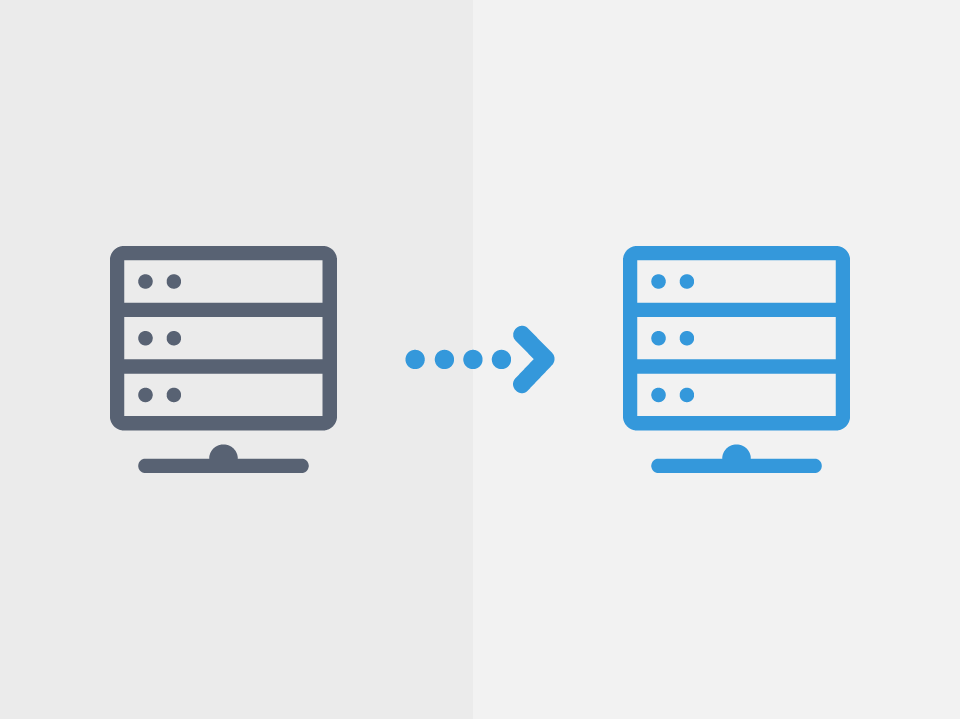Recently, Forrester published the results of its research on the rapidly evolving market of tools used to manage software requirements: TechRadar™: Modern Software Requirements Management Tools, Q2 2016. The report assesses the maturity and projects the trajectory of 10 categories of technologies within the software requirements management tool ecosystem based on user, vendor, and industry expert interviews and product demonstrations.
The report does a fabulous job of highlighting the well-understood challenges most organizations face when it comes to defining and managing software requirements today:
- Traditional requirements practices are dead. Organizations know the traditional voluminous, text-heavy Microsoft Word requirements documentation leads to missing, misunderstood, and misinterpreted requirements. Requirements errors are often the root cause of expensive rework.
- But “pure” Agile doesn’t suffice. Agile seeks to deliver faster, but organizations still need a certain amount of rigor. They need robust traceability to deliver and prove compliance. They need to account for nonfunctional requirements, like those for performance, security, and availability. Agile teams struggle to accommodate this with user stories alone.
- Hybrid approaches are the norm. The report states: “Most organizations are neither wholly waterfall nor wholly Agile,” citing the results of a survey in which 52% of more than 1,000 people use a “hybrid water-Agile-fall methodology.” Users are experimenting to find the right approach to meet their business and technical needs. Agile and Waterfall are both in the picture.
Forrester contends that organizations need to modernize their requirements practices, but they have to balance speed and quality. Additionally, enabling streamlined collaboration among business and technical stakeholders has become vastly more important. Many stakeholders need input, they are often distributed, and teams require feedback as quickly as possible to achieve speed and meet changing business priorities.
According to Forrester: “Requirements are not dead, but the old way of doing them is. New agile requirements tools like Blueprint Software Systems’ Storyteller combine user story generation with traceability.”
Increasingly, CIOs recognize that they need modern requirements management tools that enable robust business-IT collaboration, interact seamlessly with other software development lifecycle tools, and support Agile and Waterfall methodologies.
Agile Requirements is the Way Forward
Forrester makes a distinction between Agile requirements management tools and what they call “traditional” requirements management tools.
And while the report provides valuable information to guide CIOs, and the landscape and related challenges are very clearly articulated, we feel that additional context is necessary relative to Forrester’s categorization.
A mature Agile requirements management software, like Blueprint, can provide robust support to Agile teams. Many Blueprint customers use the platform to support Agile transition, enhance Business-IT alignment and improve collaboration. Especially with its new Storyteller feature, Blueprint falls squarely into both the Agile and “traditional” categories.
Furthermore, tool capabilities can span categories. Not only does Blueprint support the hybrid Agile-Waterfall approaches most organizations embrace today, it also provides capabilities for visual modeling and wireframing – which Forrester has defined as separate categories. The tables within the report should reflect features and should acknowledge that broad-based platforms like Blueprint can straddle multiple categories.
Agile Requirements Tools Like Storyteller are Blazing a Trail
Having separated Agile from “traditional” requirements management tools and neglecting the fact that software solutions can (and should) support multiple approaches, Forrester states that Agile requirements management tools are “the future of modern requirements.” While this is true, Forrester’s binary view can mislead readers to write off the tools Forrester has placed in the “traditional” category.
When considering requirements tools, CIOs should not think of today’s tools as one-trick ponies. They should think in terms of the “capabilities” their teams need, not in terms of limited or narrow “categories.”
Blueprint is a robust, full-featured and mature platform that integrates bi-directionally with a wide variety of development and testing tools, keeping teams in sync. Blueprint’s customers are reaping the benefits of managing requirements consistently in a centralized environment across projects and teams regardless of the methodology in use, which is especially important for organizations transitioning to Agile. Blueprint maximizes productivity and quality through the use of powerful capabilities like cross-project requirements reuse. (Remember those pesky nonfunctional requirements Agile teams struggle with?)
Organizations are optimizing Agile on an enterprise scale by achieving speed and streamlining collaboration while managing change, traceability, and compliance. And with its new flagship Storyteller capability, Blueprint is empowering Agile IT teams to better align business and execution and ensure high quality user story generation.
Considering Forrester’s focus on Agile requirements in its recent TechRadar report, groundbreaking tools like Blueprint’s Storyteller are blazing a trail and empowering Agile teams to leverage technology to support a best practice development approach.
For more information on how Blueprint supports requirements for the methodologies your teams follow, please contact us today.
To get involved in the next live product demonstration, premiering tomorrow on Blueprint’s latest feature, Storyteller, click here.
For the more content on Storyteller’s capabilities, available all-year round, read through the Storyteller overview page and watch the Storyteller video.



